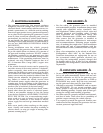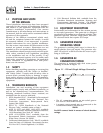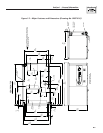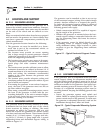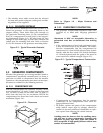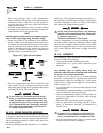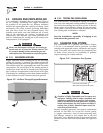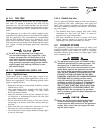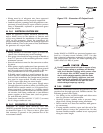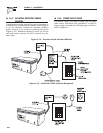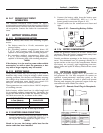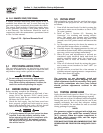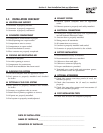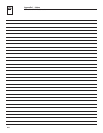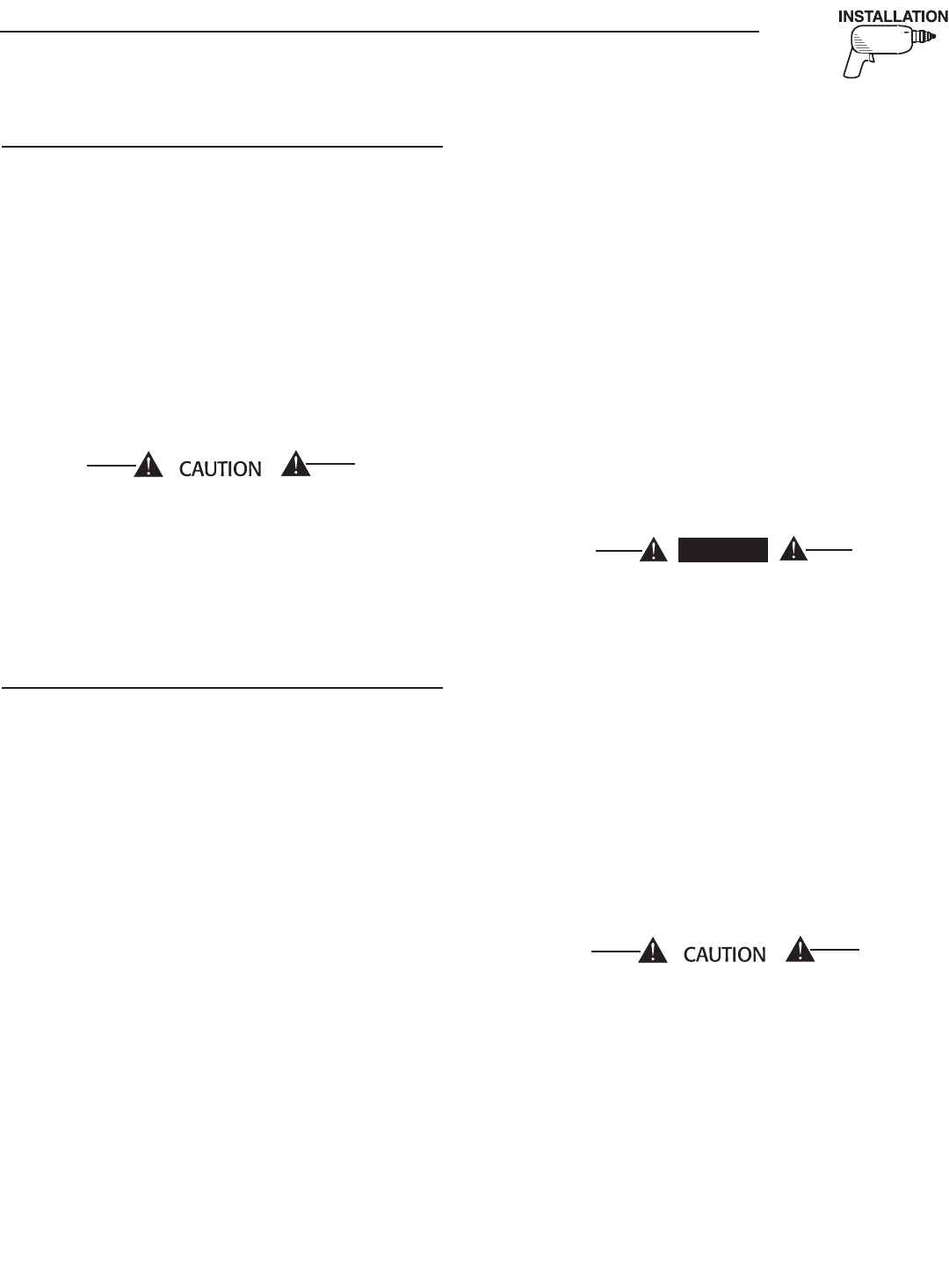
27
2.4.1 FUEL TANK
Either the generator must share the vehicle engine's
fuel tank, or install a separate fuel tank for the
generator set. All fuel tanks installed on the vehicle
must be constructed, installed and restrained so they
comply with applicable codes, standards and regula-
tions.
If the generator is to share the vehicle engine's tank,
separate fuel pickup tubes are required for the engine
and the generator. The manufacturer recommends
that the fuel pickup tube be 2 to 3 inches (51 to 76
mm) shorter than the vehicle engine's pickup tube.
This prevents the generator from depleting the entire
fuel supply during prolonged generator operating
periods.
Do NOT tee the generator fuel supply line
into the vehicle engine fuel supply line. If this
is done, the generator will be starved of fuel
when both engines are operating at the same
time. Also, while the vehicle engine is not run-
ning, generator operation may drain the vehicle
engine supply line, making it difficult to start
the vehicle engine.
2.4.2 GENERATOR FUEL SUPPLY LINE
2.4.2.1 Rigid Fuel Lines
Those lines used to supply fuel from a tank to the
generator must comply with applicable codes, stan-
dards and regulations. The following general rules
apply to rigid fuel lines:
• Rigid lines should be of annealed, seamless, drawn
aluminum or steel.
• Lines and fittings must comply with SAE J512F,
“Standard Automotive Fittings,” or with ANSI
B126.26 (latest edition).
• Route the fuel line so that at least 2 inches (51 mm)
of clearance is maintained between the line and
any exhaust system parts.
• Do not attach electrical wiring to fuel lines. Route
the wiring so it cannot come into contact with any
fuel line.
• Route fuel lines so if they leak, fuel does not drip
onto any electrical or exhaust system parts.
• Use nonferrous metal straps without sharp edges
to secure fuel lines.
2.4.2.2 Flexible Fuel Line
Use an approved flexible length of fuel hose between
the generator fuel inlet connection and rigid fuel
lines. This prevents breaking of the line caused by
vibration, shifting, settling or movement. The follow-
ing rules apply:
• The flexible hose must comply with SAE J30B,
“Standard for Fuel and Oil Hose.” It must be
approved for use with gasoline.
• The hose should be at least 6 inches (152 mm)
longer than is needed to prevent the hose from
rupturing if the generator shifts or settles.
2.5 EXHAUST SYSTEM
The generator exhaust system must be safely and
properly installed. Only approved mufflers and other
exhaust system parts must be used. A properly
installed exhaust system must be vapor tight, quiet
and completely safe.
DANGER
The generator engine gives off DEADLY carbon
monoxide gas through its exhaust system. This
dangerous gas, if breathed in sufficient con-
centrations, can cause unconsciousness or even
death. Never operate the generator set with
the vehicle inside any garage or other enclosed
area. DO NOT OPERATE THE GENERATOR IF THE
EXHAUST SYSTEM IS LEAKING OR HAS BEEN
DAMAGED. SYMPTOMS OF CARBON MONOXIDE
POISONING ARE (a) inability to think coher-
ently; (b) vomiting; (c) twitching muscles; (d)
throbbing temples; (e) dizziness; (f) headaches;
(g) weakness; and (h) sleepiness. IF FEELING
ANY OF THESE SYMPTOMS, MOVE INTO FRESH
AIR IMMEDIATELY. IF SYMPTOMS PERSIST, GET
MEDICAL HELP. Do not operate the generator
until its exhaust system has been inspected and
properly repaired.
Never tee the generator engine exhaust pipe
into the vehicle engine exhaust piping. This
causes excessive back pressure on the generator
engine. Also, water from one engine can dam-
age the other engine.
Section 2 – Installation
Recreational Vehicle Generator



